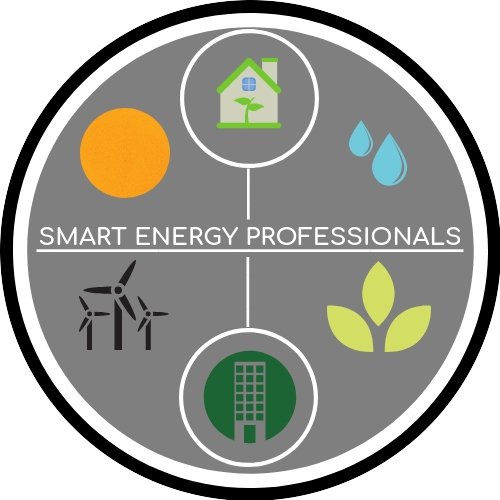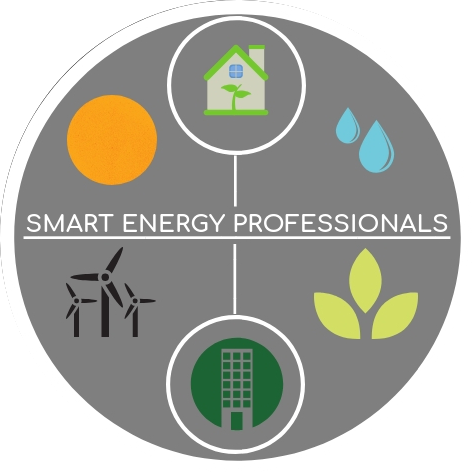Insulation
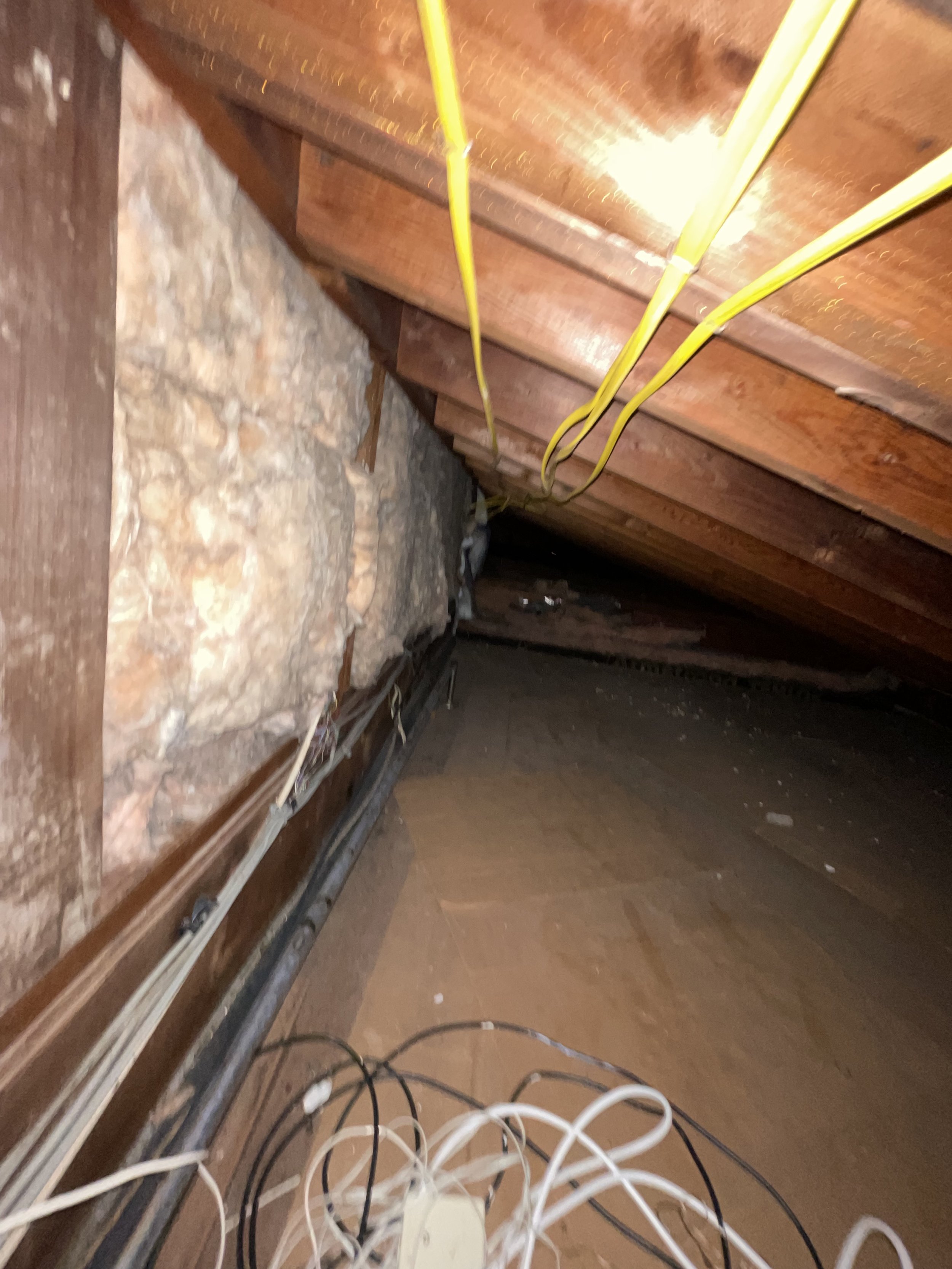
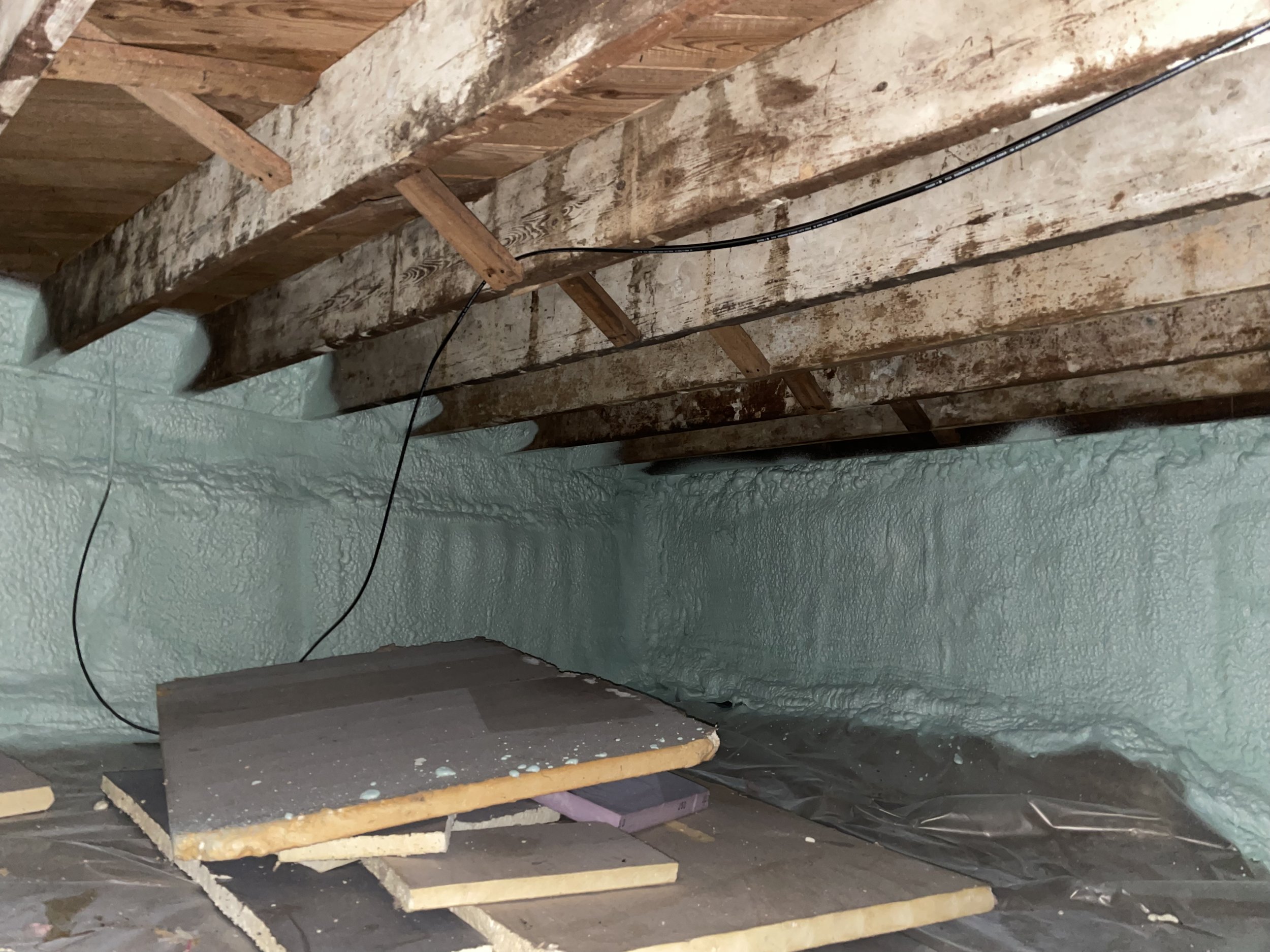
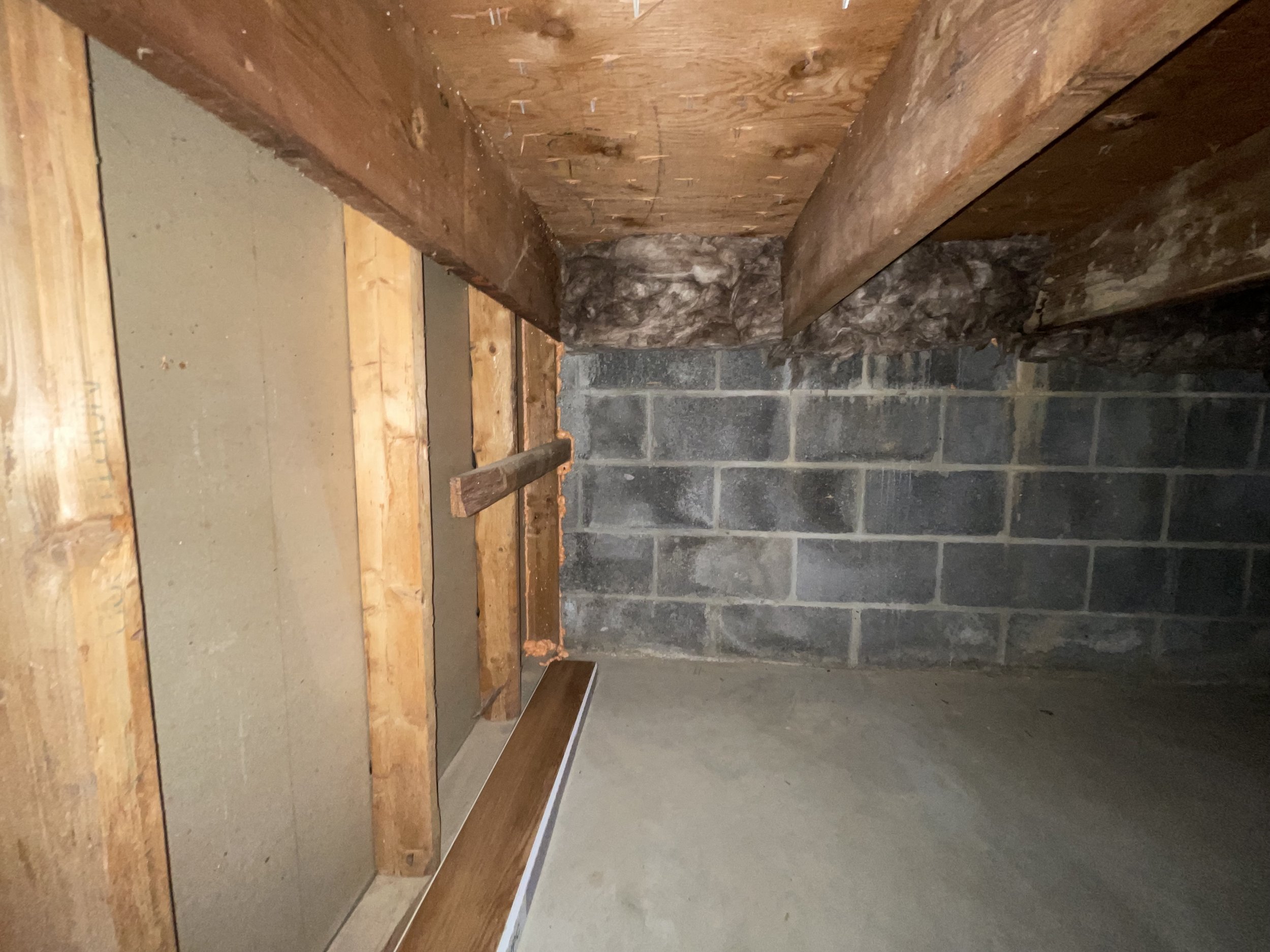
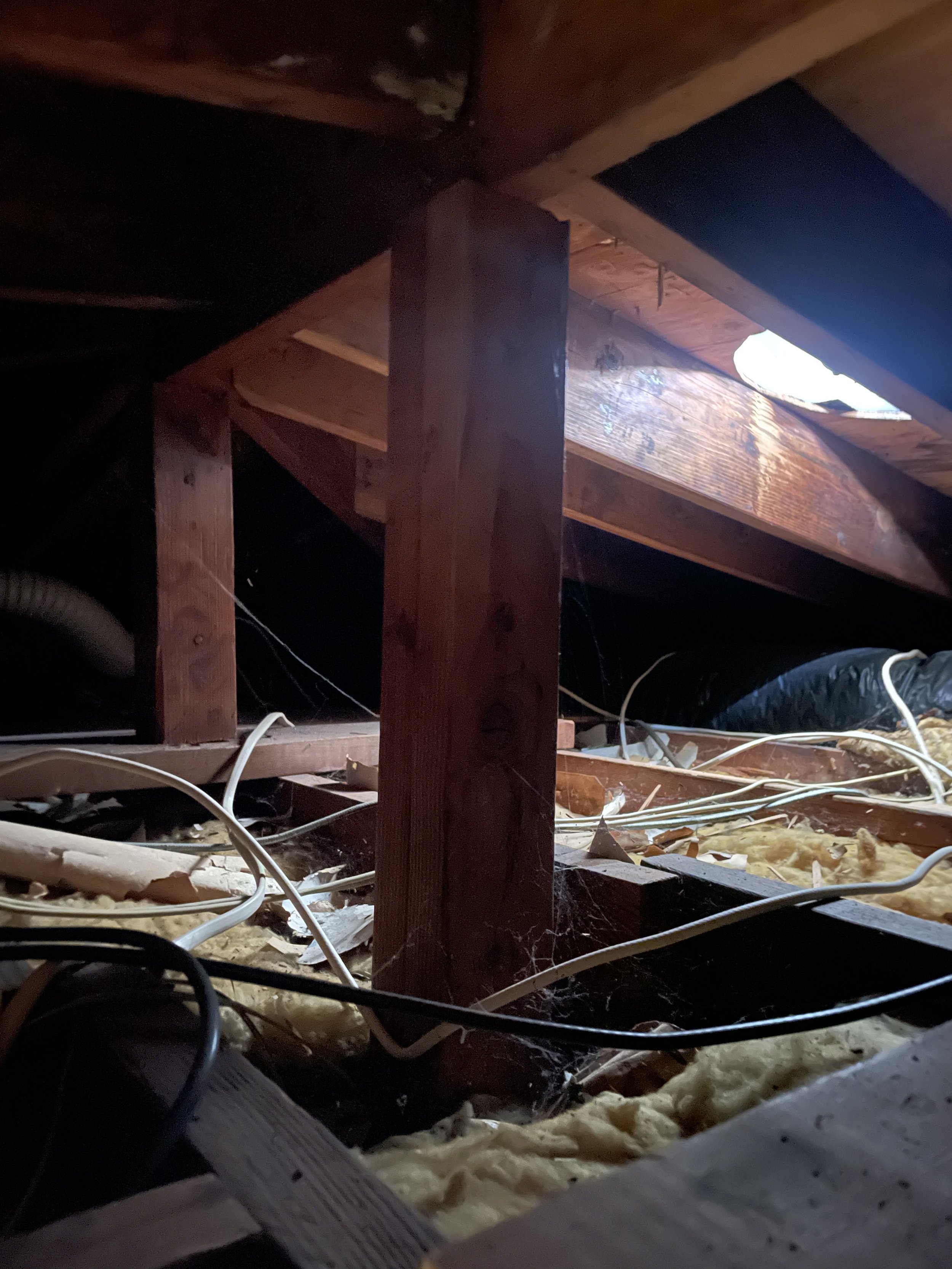
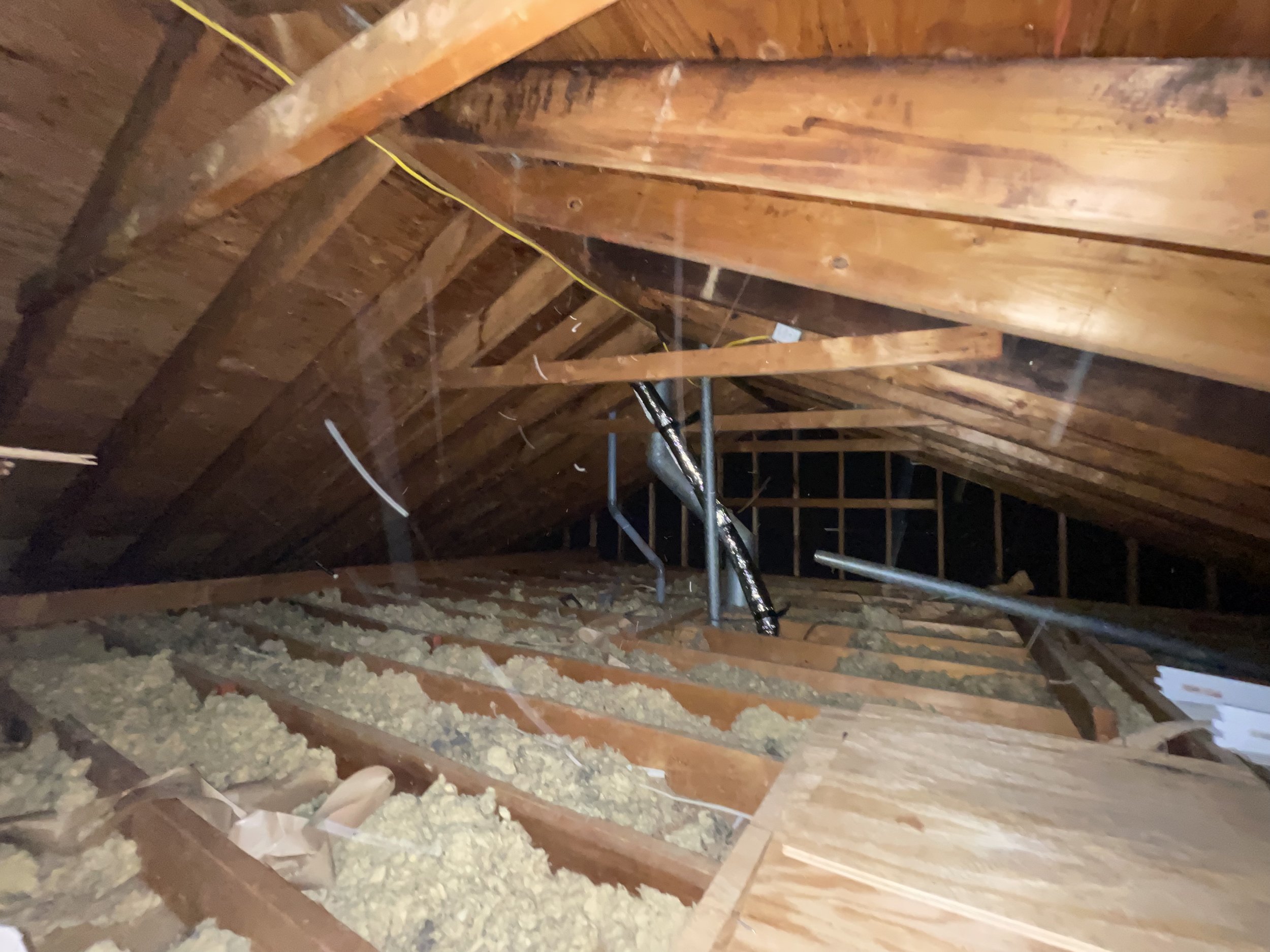
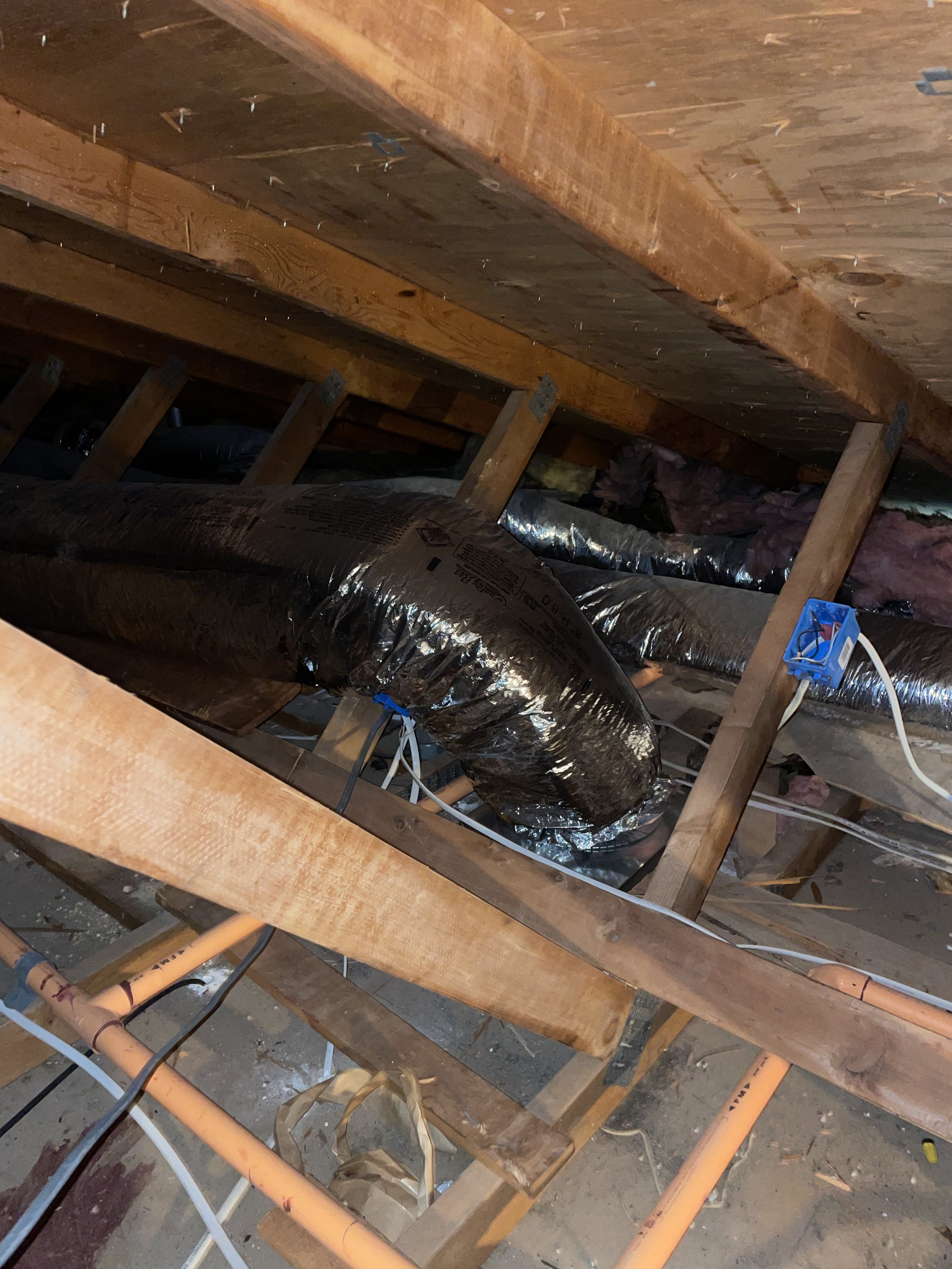
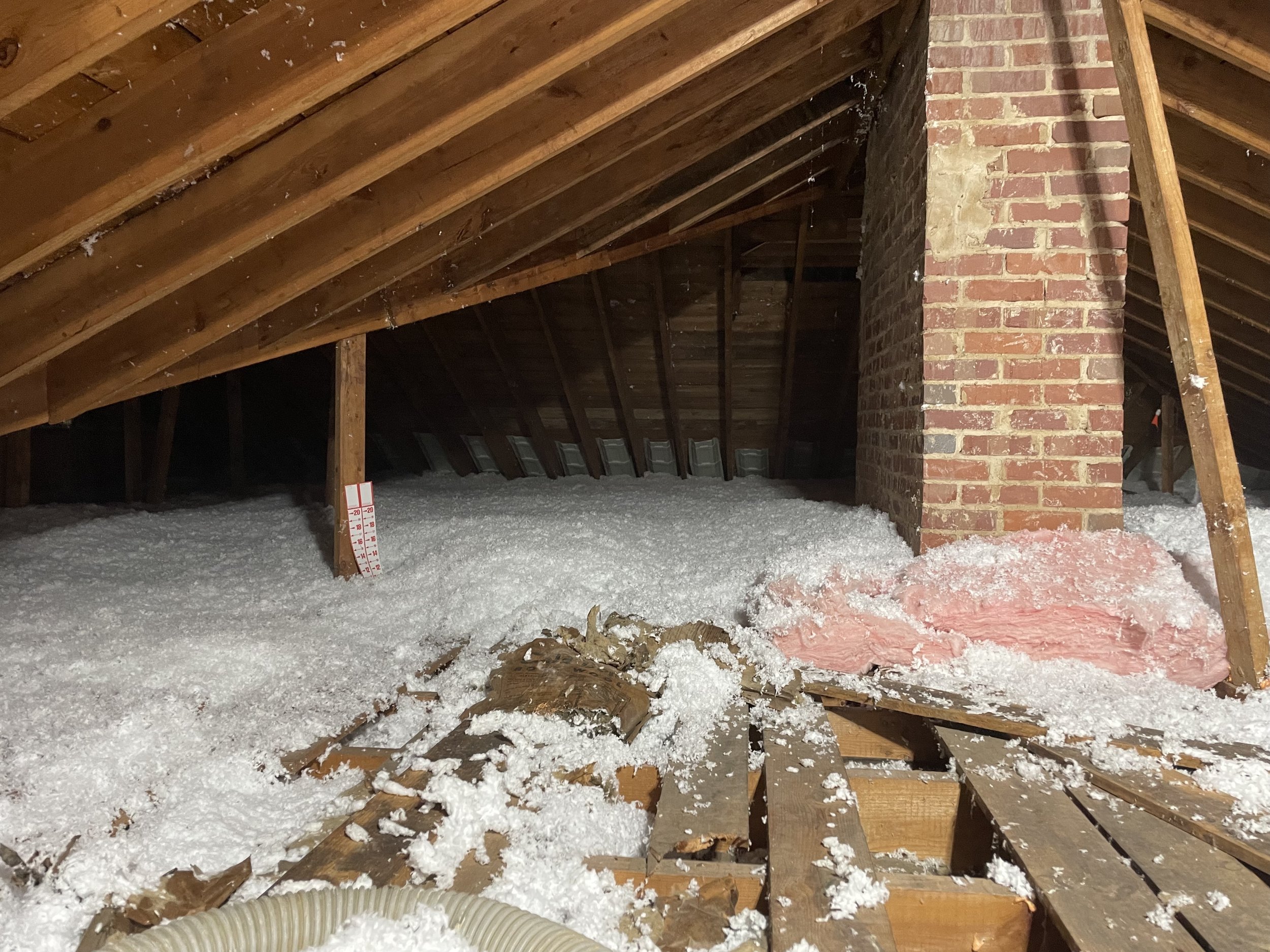

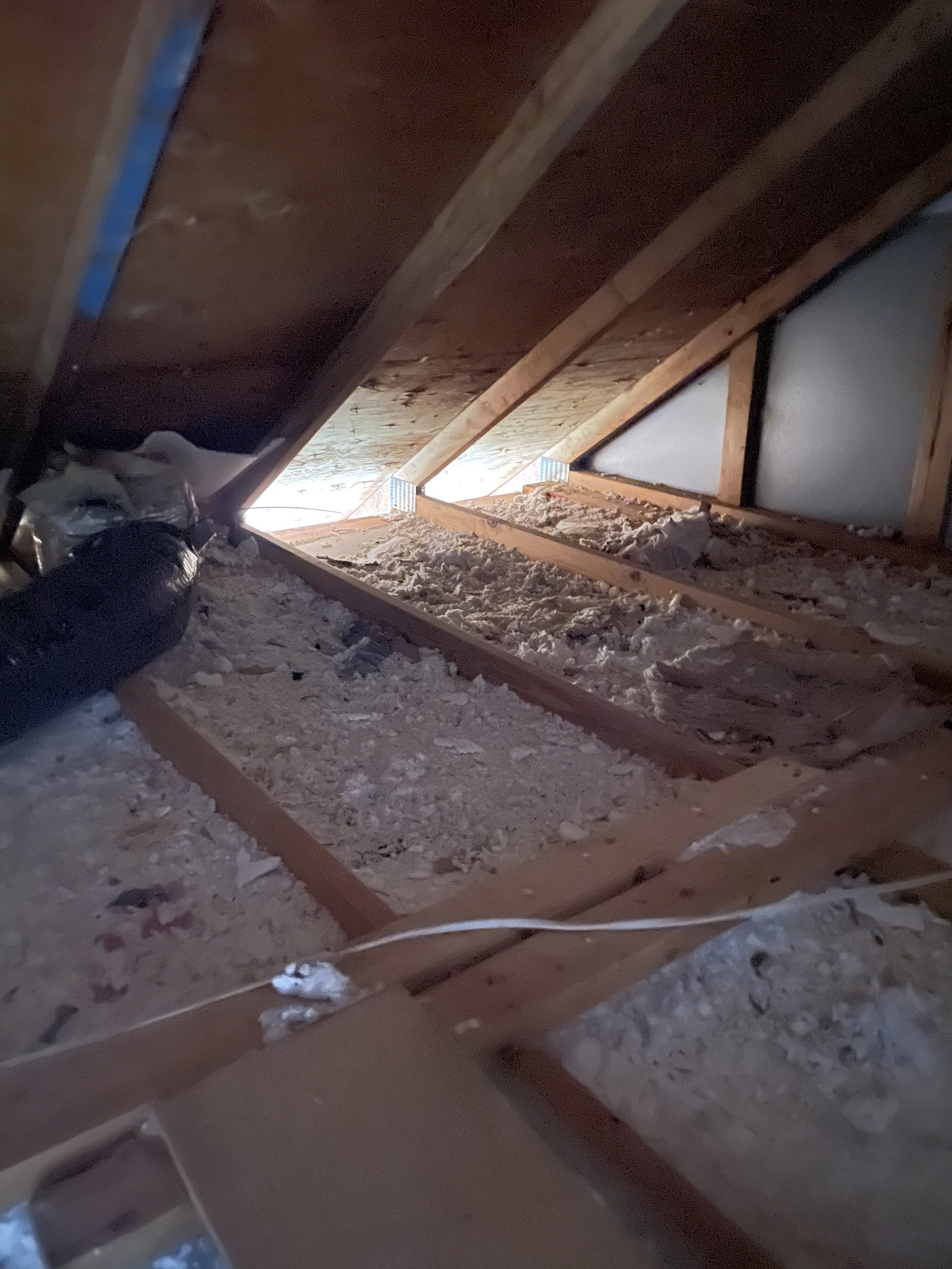
Discover the power of insulation in Maryland! It's your secret weapon against heat, sound, and high energy bills. By creating a protective barrier, insulation maintains cozy indoor temperatures while reducing energy waste. Choose from fiberglass, mineral wool, or spray foam for superior thermal efficiency. Enjoy the benefits of lower heating and cooling costs, improved comfort, and a quieter space. With proper installation, you'll even enhance moisture control and contribute to a greener future by reducing carbon emissions. Experience the difference insulation can make in creating sustainable, comfortable, and energy-efficient environments.
What’s insulation?
Insulation refers to a material or combination of materials used to reduce the transfer of heat, sound, or electricity between different areas or components of a building or structure. It acts as a barrier to prevent the flow of heat or cold, helping to maintain comfortable indoor temperatures and reduce energy consumption.
In buildings, insulation is commonly used in walls, floors, roofs, attics, and other areas where heat transfer may occur. It works by trapping air pockets within its structure, which helps to slow down the transfer of heat by conduction, convection, and radiation. This results in improved thermal efficiency and can lead to reduced heating and cooling costs.
Insulation materials can vary and may include fiberglass, mineral wool, cellulose, spray foam, rigid foam boards, or reflective barriers. Each material has different properties and levels of effectiveness in terms of thermal resistance (measured as R-value), fire resistance, moisture resistance, and soundproofing capabilities.
Properly installed insulation can provide several benefits, including improved energy efficiency, enhanced indoor comfort, reduced noise transmission, and better moisture control. It also plays a crucial role in creating a more sustainable and environmentally friendly living or working environment by reducing greenhouse gas emissions associated with excessive energy use.
Overall, insulation is a vital component of building construction, helping to regulate temperatures, conserve energy, and create more comfortable and efficient spaces.
What are some Common issues and concerns with Insulation?
Some common insulation issues include:
Inadequate Insulation: Insufficient insulation is a prevalent problem, especially in older buildings or those with outdated insulation materials. Inadequate insulation fails to provide sufficient resistance to heat flow, leading to energy loss, temperature fluctuations, and increased heating or cooling costs.
Air Leaks: Gaps, cracks, or poorly sealed areas in the building envelope can allow air infiltration and exfiltration. Air leaks compromise the effectiveness of insulation by allowing the transfer of heat, reducing energy efficiency, and creating drafts or uneven temperatures within the building.
Moisture Problems: Moisture intrusion can damage insulation and diminish its effectiveness. Water leaks or excessive humidity can lead to mold or mildew growth, deterioration of insulation materials, and potential structural damage. Moisture issues may require repairs or improvements to the building envelope, such as sealing gaps or addressing plumbing leaks.
Settling or Compaction: Over time, some types of insulation, such as loose-fill or blown-in insulation, can settle or compact, reducing their thickness and overall performance. This can leave gaps or voids within the insulation layer, allowing heat transfer and compromising energy efficiency.
Insufficient Vapor Barrier: In areas prone to high humidity or moisture, an inadequate vapor barrier can result in condensation or moisture buildup within the insulation. This can lead to mold growth, deterioration of insulation materials, and reduced thermal performance.
Compression or Damage: Insulation can become compressed or damaged due to various factors such as improper installation, foot traffic, or pest infestations. Compression reduces the insulation's thickness and thermal resistance, diminishing its effectiveness in preventing heat transfer.
Improper Installation: Poor installation techniques, such as leaving gaps or voids, uneven coverage, or inadequate sealing, can significantly impact the insulation's performance. Improper installation may require corrective measures to ensure optimal insulation effectiveness.
It's important to address these insulation issues promptly to enhance energy efficiency, improve comfort, and prevent potential damage to the building. Consulting with insulation professionals or energy auditors can help identify and resolve these issues effectively. Read more about how to fix these issues below.
To fix common insulation issues, consider the following approaches:
Inadequate Insulation: Add more insulation to areas with insufficient coverage. Choose insulation materials with higher R-values for better thermal resistance. Consider professional installation to ensure proper coverage and effectiveness.
Air Leaks: Seal gaps, cracks, and openings in the building envelope using weatherstripping, caulk, or spray foam insulation. Pay attention to areas around windows, doors, electrical outlets, and pipes. Properly seal and insulate ductwork to prevent air leaks in HVAC systems.
Moisture Problems: Identify and address the source of moisture intrusion, such as roof leaks or plumbing issues. Repair damaged insulation and ensure proper ventilation to reduce moisture buildup. Install or repair vapor barriers in areas prone to moisture.
Settling or Compaction: Consider adding additional insulation to areas where settling or compaction has occurred. Fluff up loose-fill or blown-in insulation to restore its thickness and thermal performance. Consult insulation professionals for guidance.
Insufficient Vapor Barrier: Install or repair vapor barriers to control moisture within the insulation. Ensure proper installation techniques, such as overlapping seams and sealing edges, to create an effective barrier against moisture.
Compression or Damage: Replace or repair compressed or damaged insulation to restore its thickness and thermal resistance. Address underlying issues causing damage, such as pest infestations or excessive foot traffic.
Improper Installation: Correctly install insulation according to manufacturer guidelines and industry best practices. Ensure proper coverage, sealing, and insulation placement. Consult professionals for guidance if needed.
Check out the rebates Applicable for most homes below!
Take action and contact us today to address your insulation issues! Don't let inadequate insulation, air leaks, or moisture problems compromise your home's comfort and energy efficiency. Upgrade your insulation, seal gaps, and fix any damage to restore optimal performance. Enjoy lower energy bills, improved indoor comfort, and a healthier living environment. Consult insulation professionals or energy auditors to guide you through the process and ensure effective solutions. Don't delay – prioritize your home's insulation and take the first step towards a more efficient and comfortable living space.
